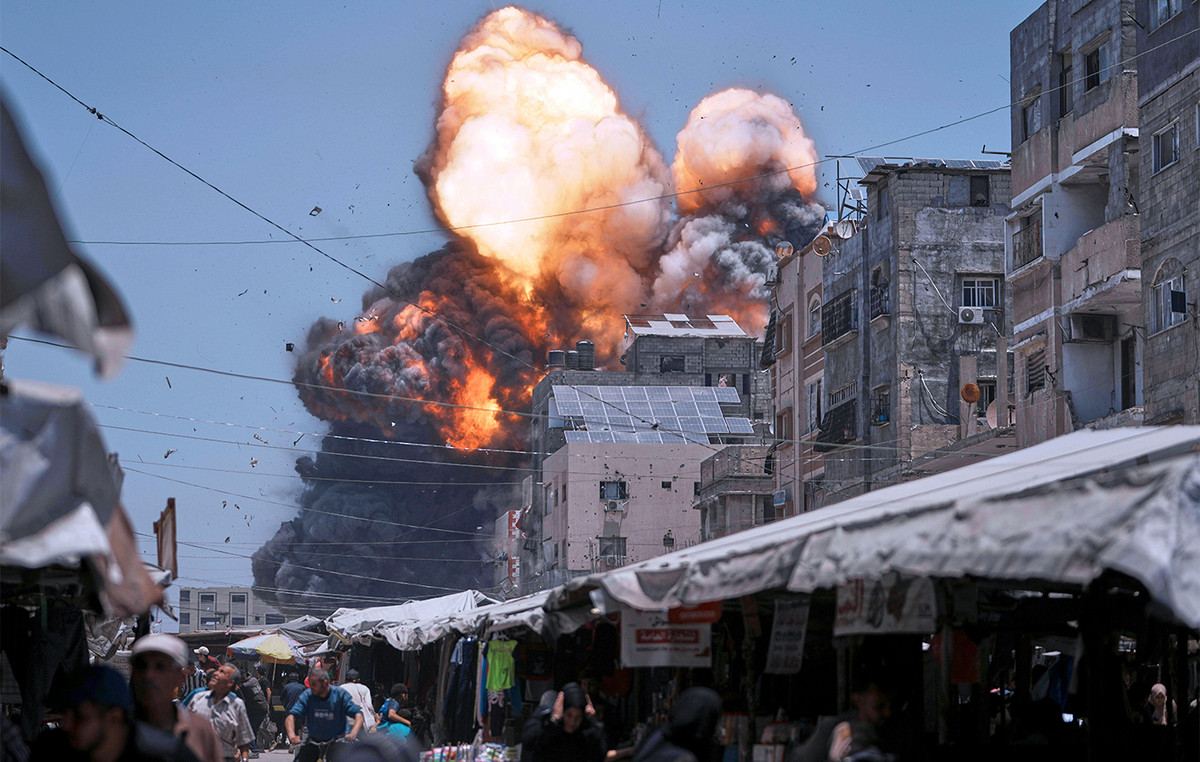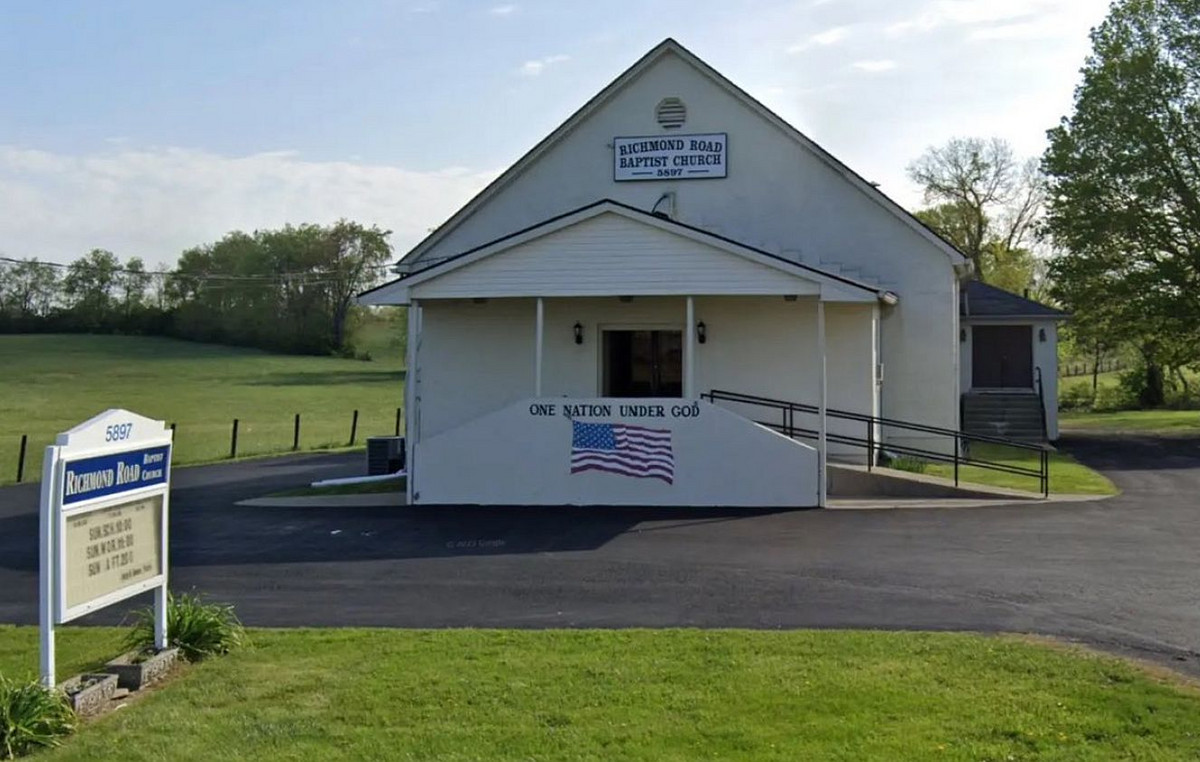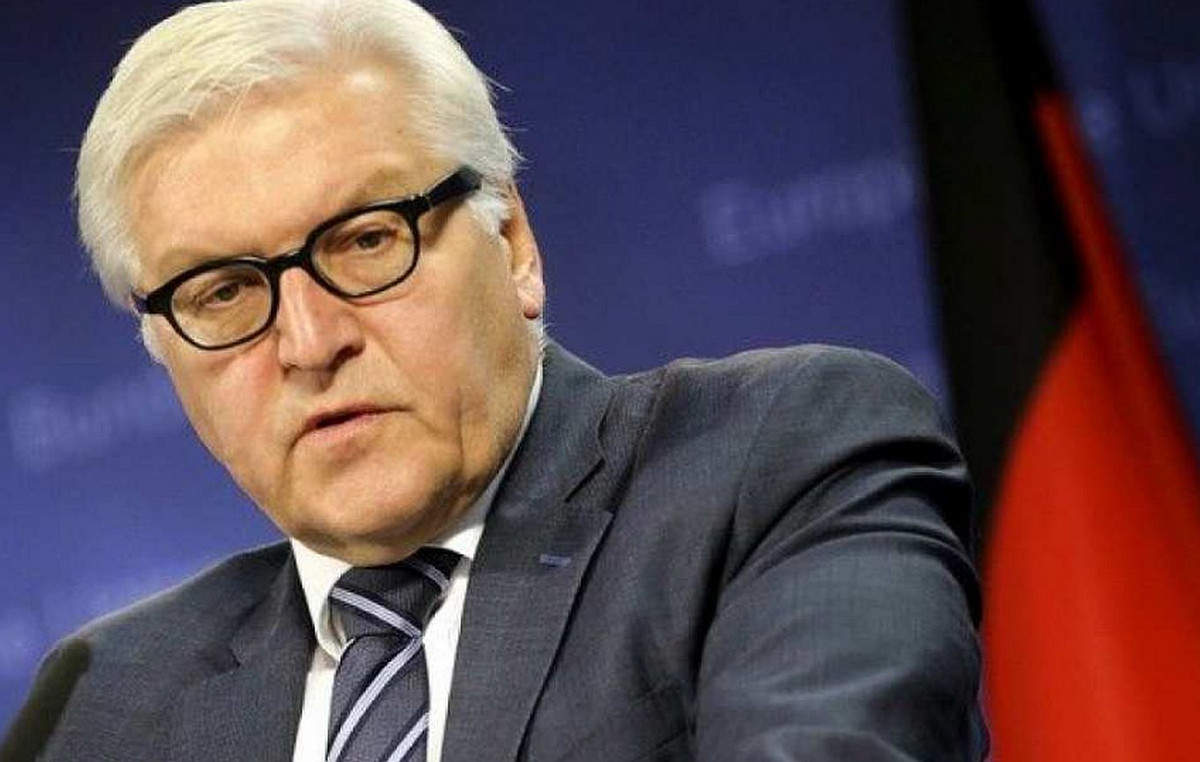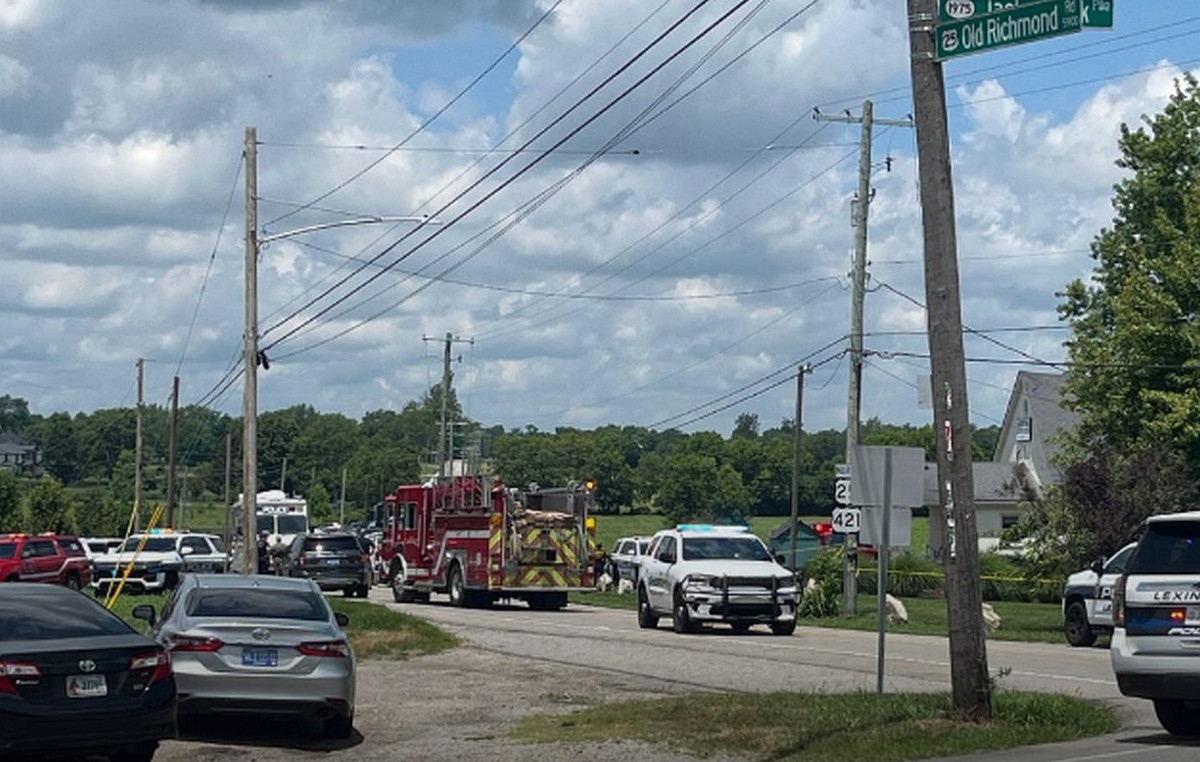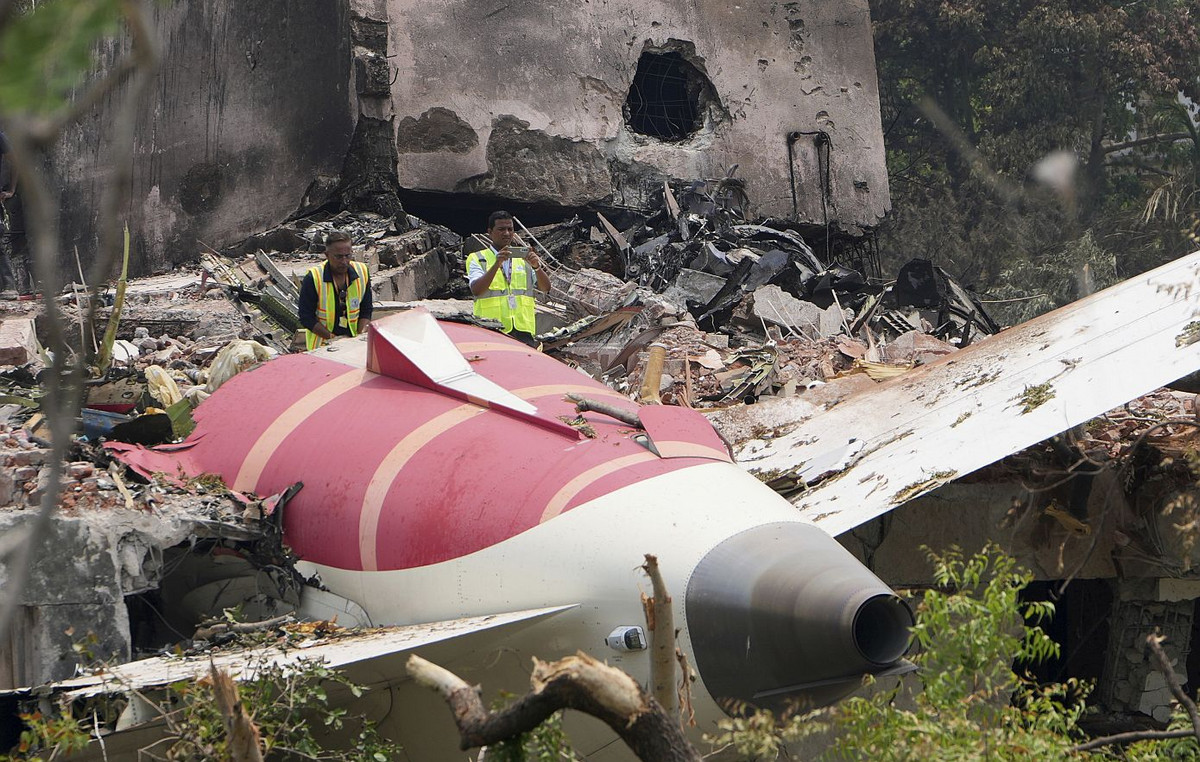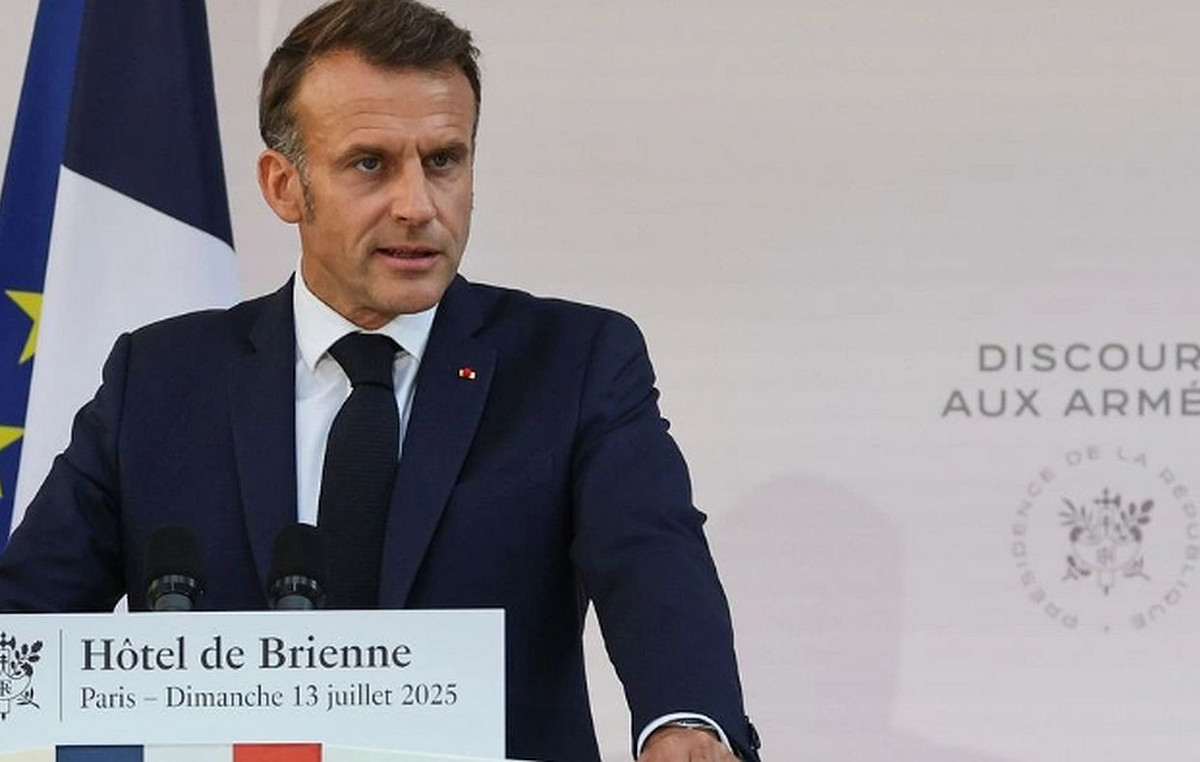In a year marked by a war, an election and interest rates rising above 13%, both the stock exchange and the dollar repeated, in 2022, the volatility in which they have been trapped since 2020, when the pandemic landed in the world and in the markets.
This means that both were transiting between highs and lows that are somewhat distant from each other, and that in almost no time they broke neither the ceiling nor the floor between which they have been oscillating for almost three years.
The Ibovespa, for example, in a few moments since mid-2020 has exceeded 120,000 points or fallen well below 100,000. In 2022, its high score was 121,570, marked on April 1, and the low, of July 14, 96,121 – the lowest since November 2020.
The dollar, in turn, moved from the R$5.70 at which the year began, in the first days of January, to the R$4.59 to which it fell on April 4, rehearsing a season of almost three months below the R$ 5, a range that has practically not been crossed since the beginning of the pandemic. Soon, though, it would cross back over that.
In April, good data on the US economy encouraged stock exchanges around the world and commodity prices pressured by the war in Ukraine injected optimism into export markets like Brazil.
Already in July, when the stock market hit the ditch and the dollar was already back to R$ 5.40, a picture of record inflation and rising interest rates in the United States made it clearer what the year would bring to the global economy.
In Brazil, the approval of the PEC das Bondades, in June, which poured benefits into the economy, with extra funds and outside the spending ceiling, a few months before the elections, was yet another setback for the rule that controls the course of public spending and helped sour the domestic market.
In 2022, the Ibovespa ended the year accumulating an increase of 4.68%, at 109,734.6 points. The dollar fell 5.3% in 2022 and ended the year quoted at R$5.27.
Interest above 13%
“The stock market had everything to go well, economic growth was strong, but interest rates threw water on the chopp”, says Nord Research partner Bruce Barbosa. “After the elections, with Lula’s policy showing what it came to, it got even worse.”
On an uninterrupted upward trajectory since March 2021, when it left 2%, the Selic rate was increased by the Central Bank to reach 13.75% in August.
It is the highest level of interest since 2016 and an invitation to take money from a faltering stock market to a generous and safe fixed income – which, naturally, has seen applications grow.
After the end of the presidential elections, on October 30, and the confirmation of Luiz Inácio Lula da Silva as president, the stock market came to celebrate the conclusion without major surprises of a dispute that was turbulent, and almost reached 120 thousand points . The dollar also flirted with the BRL 5 floor again.
But it was short lived. A succession of bad news from the transition team to the financial market, which included criticism of fiscal austerity, a billionaire roof-breaker PEC and attempts to change the State-Owned Law reversed, once again, the market’s test of improvement.
In less than two months between the elections, in October, and the beginning of December, the Ibovespa lost the equivalent of BRL 577 billion in market value, showed a survey by the investment platform TradeMap. Only Petrobras fell by almost 10% in a single day, and saw R$ 30 billion evaporate from its market value.
Source: CNN Brasil
A journalist with over 7 years of experience in the news industry, currently working at World Stock Market as an author for the Entertainment section and also contributing to the Economics or finance section on a part-time basis. Has a passion for Entertainment and fashion topics, and has put in a lot of research and effort to provide accurate information to readers.

